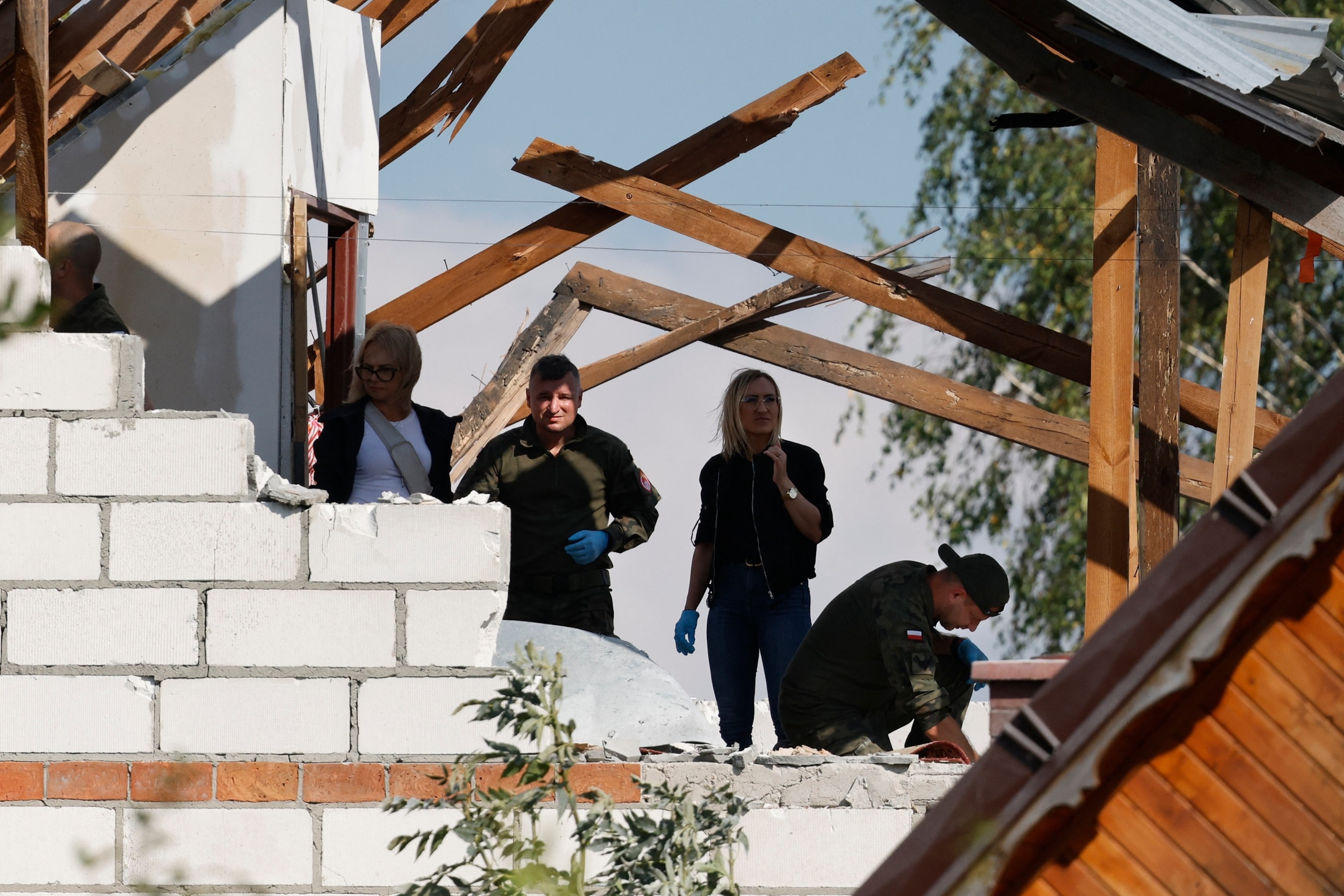Poland Shoots Down 19 Russian Drones Amid Ukraine Conflict
Poland shot down 19 Russian drones that entered its airspace during a major Russian attack on Ukraine on September 10, 2025, marking the first time NATO forces have directly engaged Russian aircraft over NATO territory.

Poland shot down 19 Russian drones that violated its airspace during a large-scale Russian aerial assault on Ukraine on September 10, 2025, in what Polish officials described as an unprecedented and deliberate provocation. The incident, which occurred overnight, saw drones crossing from Ukraine and Belarus into eastern Poland, with some penetrating deep into Polish territory. Polish and NATO air defenses, including F-16 and F-35 fighter jets as well as German Patriot missile batteries, were scrambled in response, successfully intercepting and destroying the drones. No casualties were reported, though debris caused minor property damage near the border.
Polish Prime Minister Donald Tusk called the incursion "the closest we have been to open conflict since World War Two," and invoked NATO Article 4, triggering emergency consultations among alliance members. Tusk told parliament that while there was no immediate reason to believe war was imminent, the scale and intent of the drone incursion represented a significant escalation. NATO Secretary-General Mark Rutte confirmed the alliance's rapid response and emphasized the seriousness of the breach, noting that this was the first time NATO had fired on Russian aircraft over its own territory since the start of the Ukraine conflict.
NATO Response and Regional Tensions
The incident has heightened concerns about the potential for the Ukraine conflict to spill over into NATO territory, raising the risk of a broader confrontation between Russia and the alliance. Western officials and security analysts described the drone incursion as a deliberate test of NATO's resolve and defensive capabilities. The timing of the attack, just days before the Russian-Belarusian Zapad military exercises, has further fueled speculation that Moscow is probing for weaknesses and seeking to intimidate neighboring states.
NATO's response was swift and multinational, with Polish, Dutch, and German forces coordinating to intercept the drones. Italian surveillance aircraft also contributed to the operation. The alliance's ability to rapidly mobilize and neutralize the threat was widely praised by defense experts, who warned that Russia's increasing use of advanced drones—some reportedly equipped with Chinese technology—poses a growing challenge to European air defenses.
International Reactions and Strategic Implications
The Kremlin denied targeting Polish sites and accused NATO and the European Union of making unfounded allegations, but did not dispute that Russian drones had entered Polish airspace. Belarusian military officials claimed their own air defenses had also shot down Russian drones that strayed into Belarus, attributing the incursions to electronic warfare disruptions. Meanwhile, Ukrainian officials and Western analysts argued that the attack was part of a broader Russian strategy to destabilize the region and test the unity of the NATO alliance.
The incident has prompted calls for a decisive NATO response and renewed debate over the alliance's posture on its eastern flank. Security experts warned that as long as Russia perceives an opportunity to exploit divisions within NATO, the risk of further provocations will remain high. The episode underscores the volatility of the conflict and the potential for miscalculation to trigger a wider war in Europe.